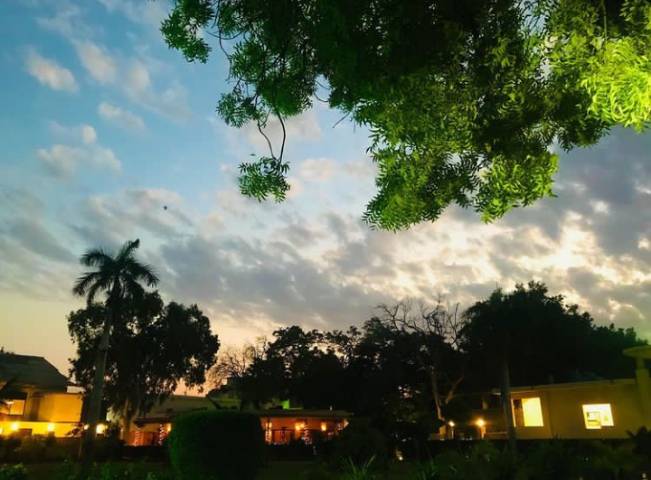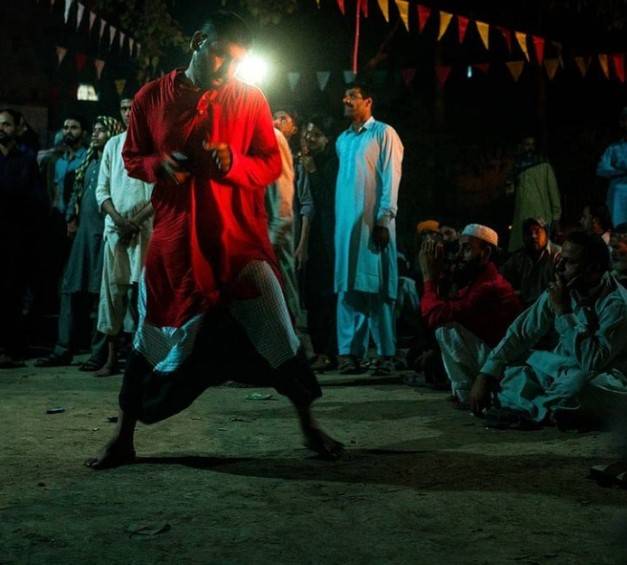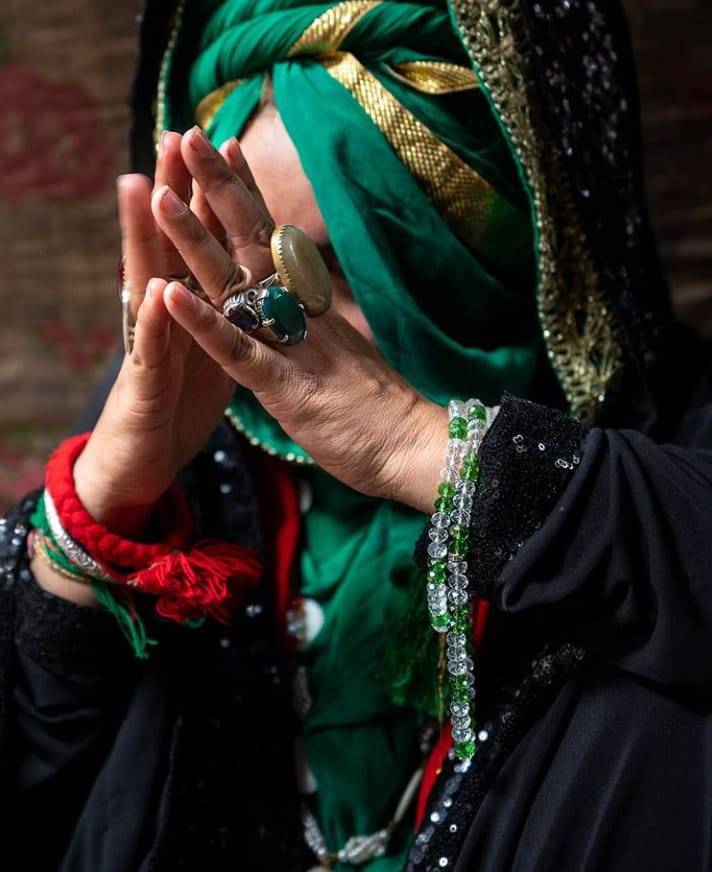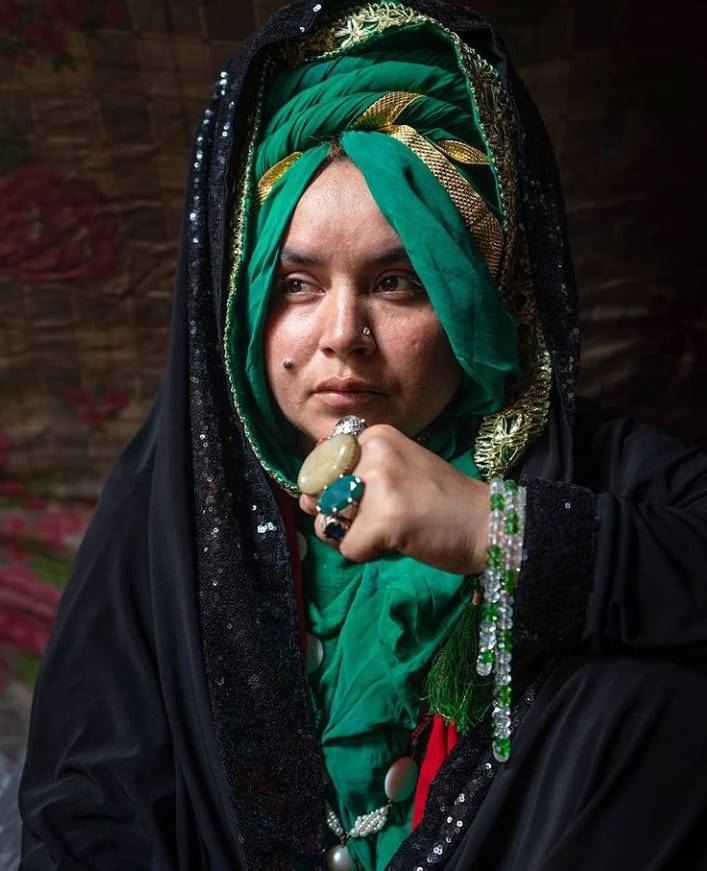In the dangling bell-bottomed golden lights, I walked through the spine-chilling alleys gusting with an eerie havoc of spiritualism in a valley named Shandur. Surprised and perplexed by the holocaustic beauty of the area depicting lush green healthy life, the fact that it was dwelling so close in proximity to its befriended traumatic-death sites hypnotised rational of many local and wandering souls.

Amidst of pondering over this suspicious conspiracy of nature, I spotted a dense casted silhouette around 2 altitudes above us in a darkest pit of the valley and almost superficial to to be reckoned by doughty human glances during glacial nights of Shandoor.
“It is the residence of Tirach Meeran, an old renowned darvesh of our locality”, informed Abdul Aleem, a 27-year-old guide.
“She meets people in daylight, while spending the whole night meditating”, added Aleem.
Before unveiling my experience of talking with Tirach Meeran, I would like you all to know a bit of the history of what Abdul Aleem had told me about Shandur.
This heaven’s patch, Shandur-top is located between Gupis-Yasin District of Gilgit-Baltistan and Chitral District of Khyber Pakhtunkhwa, comprising a flat plateau which could be aced without putting superhuman efforts between months of April to October each year.

“Baaji, It remains frozen throughout the year”, the locals say.
The snow-capped mountains still and surrounding this paradise on earth add oomph to the aura while the unleashed hospitality roams, so lay in streets that bidding farewell becomes quite herculean.
“No man ever steps in the same river twice, for it’s not the same river and he’s not the same man”, is what was said by Heraclitus while meeting Tirach Meeran, I understood what Heraclitus really meant by ‘not remaining the same man’ as my perception regarding darvesh was mediated. It was a captivating ambiance, picturing life if it were a mesmerising elixer that changed color every second alluring people of crises to drink and cleanse away all worries.
She sat so quiet, with an even tranquility in her dark tent, and hoping against hope she was completely aloof from the prying eyes of the crowd.
In front of her tent, diffused smoke of burnt embers relied. A couple of men danced on pounding drums while some of them, so timid to be sorted out, entered her siege to kneel before her. On inquiring why do they actually dance one of them responded by saying: “It gives me peace, I dance in love of the divity”, responded Khalid a 35-year-old admirer and follower of Tirach.

Leaning in nervousness and whispering concerns, people spoke their hearts out mentioning their life-long tragedies to whom she would respond listening stoically and at odds would nod her head slowly murmuring advice by touching a few unacquainted objects arounds them.

She raised her hands, holding both the palms together and everyone in the tent followed the same suit. Prayer had completed and we all brought our hands on faces in finality while the men with questions backed away so serene as if had been protected from a catastrophic devastation.

She intimidated me, but after a small span of time I gathered up the courage to ask her to capture her photo.
“Come on Bachha! Take it’’, she agreed by posing a regal bow of the head as the only response.
Showing her the first captured portrait, her solemn face broke into an enchanting smile and a girly giggle bubbled up deep within until she finally covered her mouth, composing herself once more.






